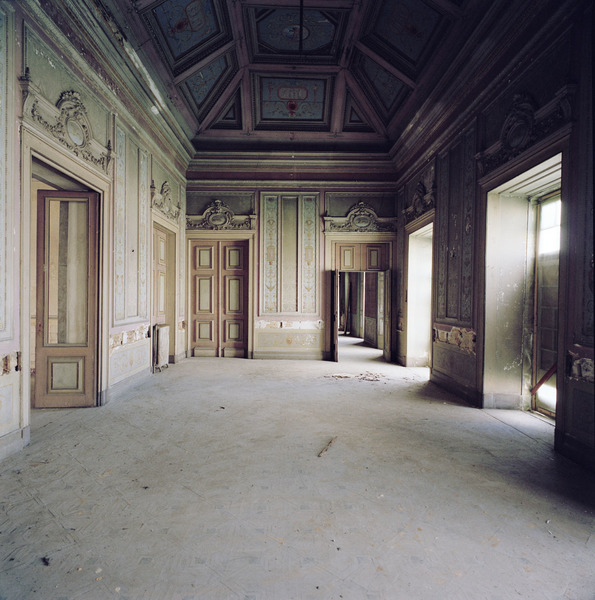
Untitled, 2010. Ink jet impression on Canson paper. 125 x 125 cm. Edition of 3. |
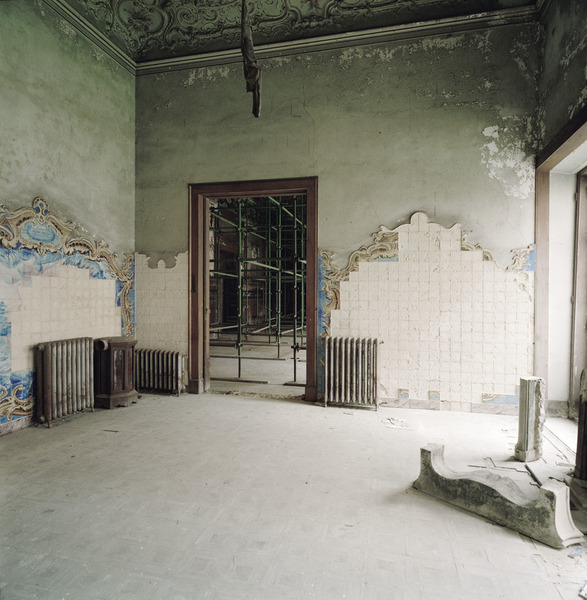
Untitled, 2010. Ink jet impression on Canson paper. 125 x 125 cm. Edition of 3. |
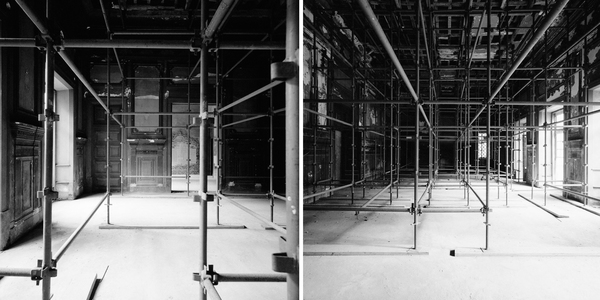
Untitled (diptych), 2010. Ink jet impression on Canson paper. 125 x 125 cm e.o. Edition of 3. |
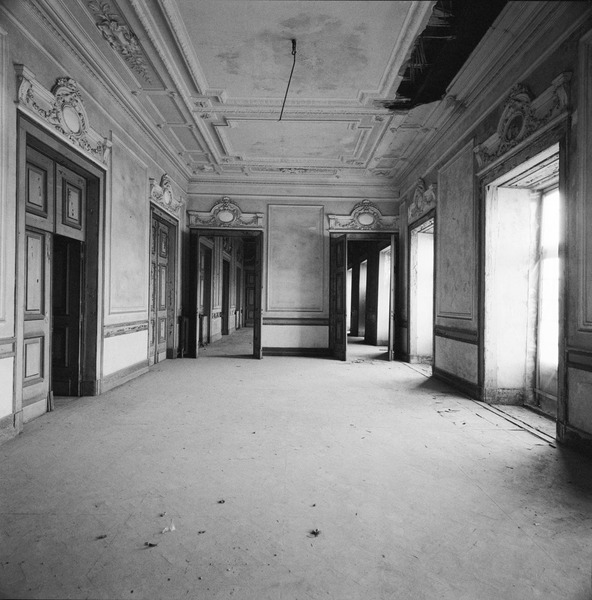
Untitled, 2010. Ink jet impression on Canson paper. 125 x 125 cm. Edition of 3. |
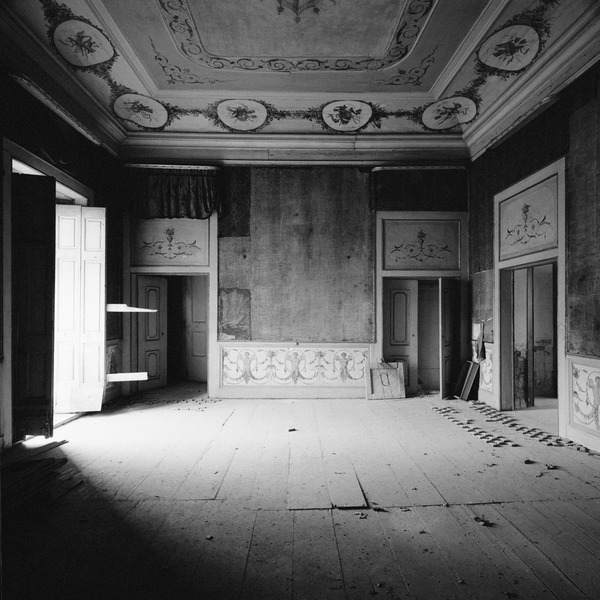
Untitled, 2010. Ink jet impression on Canson paper. 125 x 125 cm. Edition of 3. |
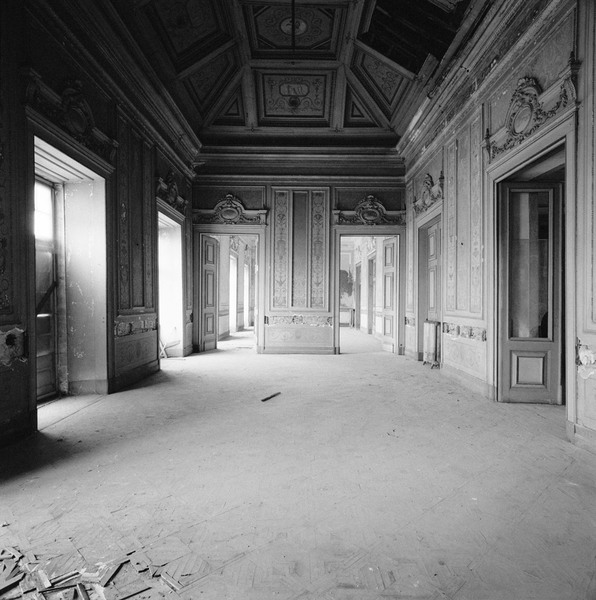
Untitled, 2010. Ink jet impression on Canson paper. 125 x 125 cm. Edition of 3. |
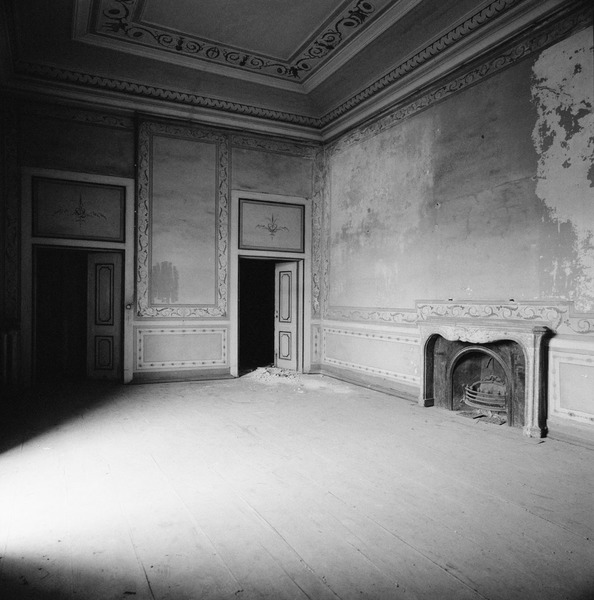
Untitled, 2010. Ink jet impression on Canson paper. 125 x 125 cm. Edition of 3. |
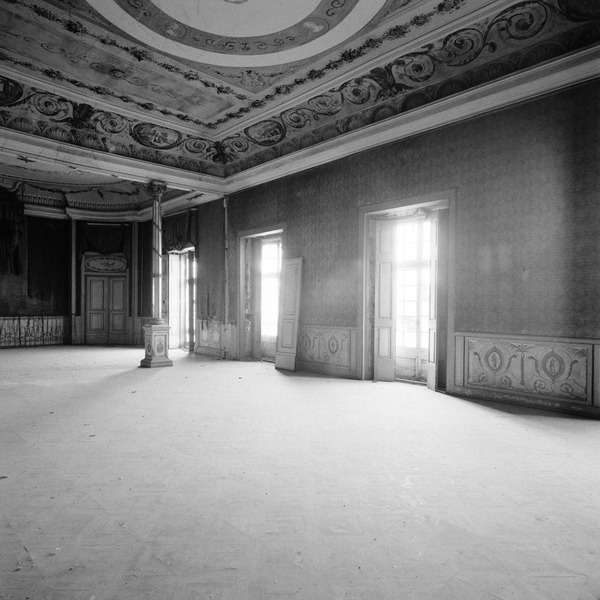
Untitled, 2010. Ink jet impression on Canson paper. 125 x 125 cm. Edition of 3. |
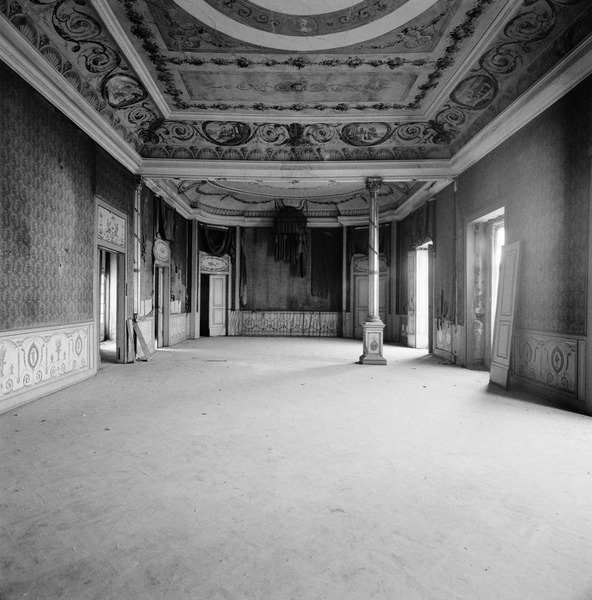
Untitled, 2010. Ink jet impression on Canson paper. 125 x 125 cm. Edition of 3. |
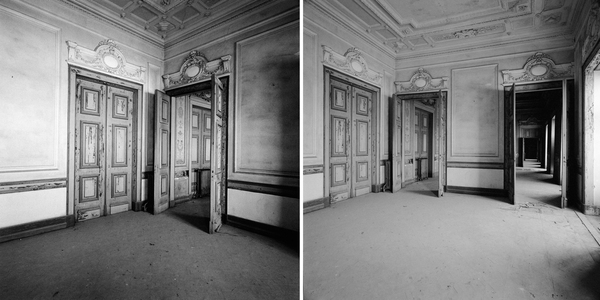
Untitled (diptych), 2010. Ink jet impression on Canson paper. 125 x 125 cm e. o. Edition of 3. |
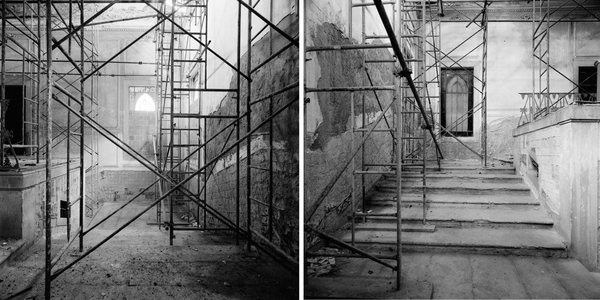
Untitled (diptych), 2010. Ink jet impression on Canson paper. 125 x 125 cm e. o. Edition of 3. |
The Palacio da Rosa is located in the Moorish quarter of Lisbon and it was built over the 16th Century noble house that belonged to Luís de Brito Nogueira, also known as Sir of the Birth Property Rights (mayorazgo) of São Lourenço (Lisbon) and Santo Estevão (Beja). Through marriage, the Palacio was given to the Vila Nova da Cerveira Viscounts and Ponte de Lima Marquises, which was a noble title granted to the Viscount number 14. Later on, and consequently through marriage, it fell entirely into the hands of the Castelo Melhor Marquises. It was almost totally destroyed by the earthquake and then was rebuilt in the 18th Century. The Council of Lisbon finally acquired the Palacio da Rosa in the 60s.
This Photographic Project is based on a very simple idea: to show the Palacio da
Rosa at the beginning of the 21st Century. It emerged from the necessity to obtain photographs within the context of a different project. That project was the architectural recovery of the Palacio da Rosa, which was developed by the architectural firm BUGIO in Lisbon. Three different kinds of studies were made to this end: photographic, historical, and architectural.
The study of our interest, which is the leitmotiv of this exhibition, pursues the same idea that my photographic work has maintained up to date: to show for the sake of showing. To open a window and to register whatever is in front of it...
Photographic records are used to bring a bit of hidden neutrality. You can only achieve that neutrality when those photographic records have being assigned to you: that is where I started off, both in this project and the previous ones. I am fascinated by the capacity to show, because it allows people to approach the reality of things... Fantasy and staging can be interesting but always produce the idea of constructing ideals and models. Real things are full of power because they exist. From my point of view, the only way to see them is to stop and have a look.
Discovering that place was fascinating. Each room showed a perfect structure, an empty and abandoned order. I dedicated myself to open the windows and let the light come in, photographing the spaces, one after another. This is a selection of the images that depict the salons of the Palace, because they are my favourite ones.
Eurico Lino Do Vale

